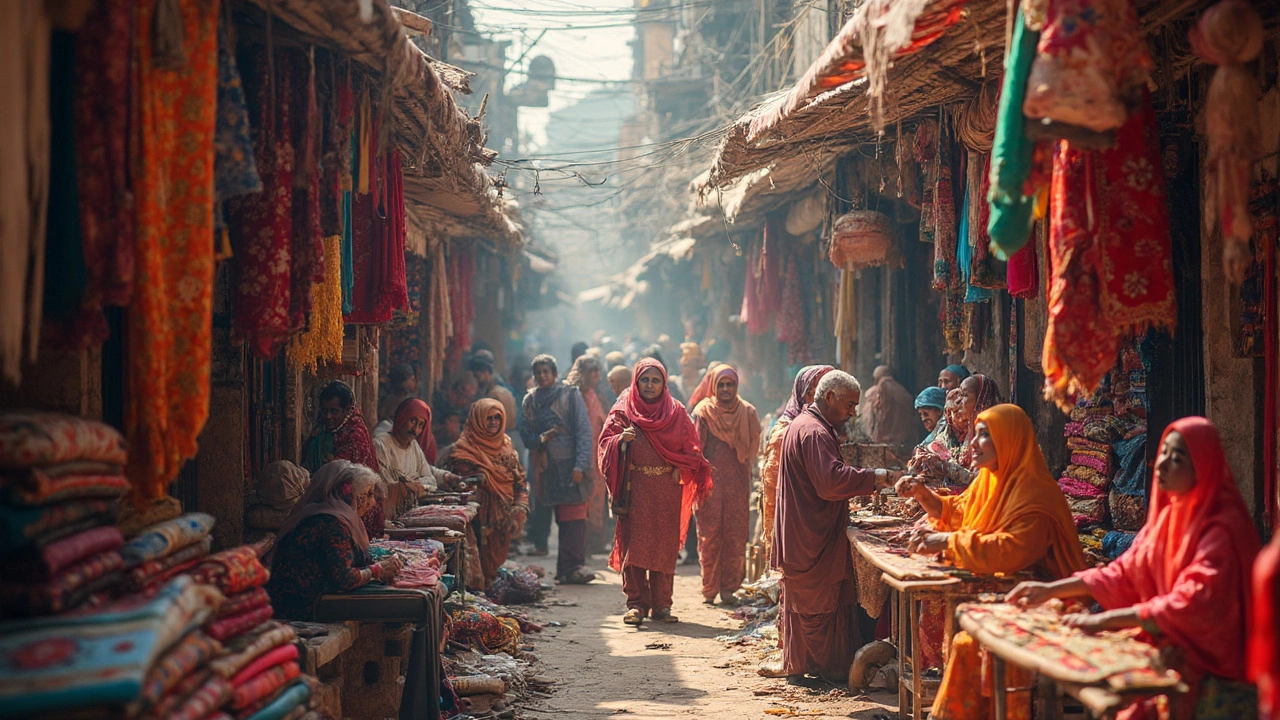Textile Business in India – Opportunities, Hubs & How to Get Started
India’s textile sector fuels one‑fourth of the country’s industrial output. If you’re eyeing a profitable venture, the market offers cheap labor, a massive domestic base, and strong export demand. Let’s break down what makes the industry tick and how you can jump in with a realistic plan.
Top Textile Hubs in India
Surat in Gujarat tops the list as the fabric capital. It churns out millions of meters of synthetic and blended yarn each year, thanks of its well‑developed spinning parks and easy port access. Next is Tirupur in Tamil Nadu, known as the knitwear hub – most of the world’s T‑shirts flow through its factories. Coimbatore, also in Tamil Nadu, specializes in cotton and denim, while Ahmedabad in Gujarat remains a strong player in traditional cotton fabrics. These cities provide ready‑made supply chains, skilled labor pools, and government incentives that cut down start‑up costs.
Beyond the big names, emerging clusters in Kandla, Bilaspur and Bhubaneswar are getting attention because of new textile parks and lower land rates. If you’re looking for a location with lower competition, consider these up‑and‑coming spots.
Starting Your Own Textile Venture
First, decide your product niche. Yarn and fabric production need heavy machinery and large capital, while garment processing can begin with a modest stitching unit. Run a quick market survey – ask local retailers or check online sales data – to confirm demand.
Second, secure financing. In India, you can tap into the Credit Linked Capital Subsidy Scheme (CLCSS) for up to 40% subsidy on plant and machinery. Banks also offer lower‑interest loans for MSMEs under the Pradhan Mantri Mudra Yojana.
Third, source equipment wisely. Viraj Machinery lists a range of spinning, weaving and finishing machines that suit both small‑scale and large‑scale operations. Compare features, power consumption and after‑sales service before buying.
Fourth, get the right certifications. ISO 9001 for quality management and SA 8000 for social compliance are often required by international buyers. Register under the Textile Ministry’s ‘Make in India’ portal to enjoy tax rebates and easier export clearance.
Finally, build a reliable vendor network. Raw cotton, polyester chips and dyes dominate the supply list. Establish relationships with trusted traders in Mumbai or Delhi to avoid price spikes. Keep a buffer stock of critical inputs to stay production‑ready during market fluctuations.
Running a textile business also means staying on top of technology. Digital printing, automated loom control and AI‑driven demand forecasts can boost efficiency and cut waste. Small firms are adopting cloud‑based inventory tools to manage orders and reduce lead times.
In short, India offers a fertile ground for textile entrepreneurs – from bustling hubs like Surat and Tirupur to new parks in less‑explored regions. Pick the right niche, leverage government schemes, source equipment smartly, and keep quality in focus. With these steps, you can turn a simple idea into a thriving textile operation.

How Profitable is the Textile Business in India?
The textile business in India is bustling with potential thanks to a large domestic market and growing export opportunities. With its rich tradition of craftsmanship and a wide variety of raw materials, India’s textile industry has been a staple of economic growth. However, like any business venture, it faces challenges like competition and fluctuating demand. We dive into what makes this industry tick, exploring both its profit potential and the hurdles one might encounter.
Read More